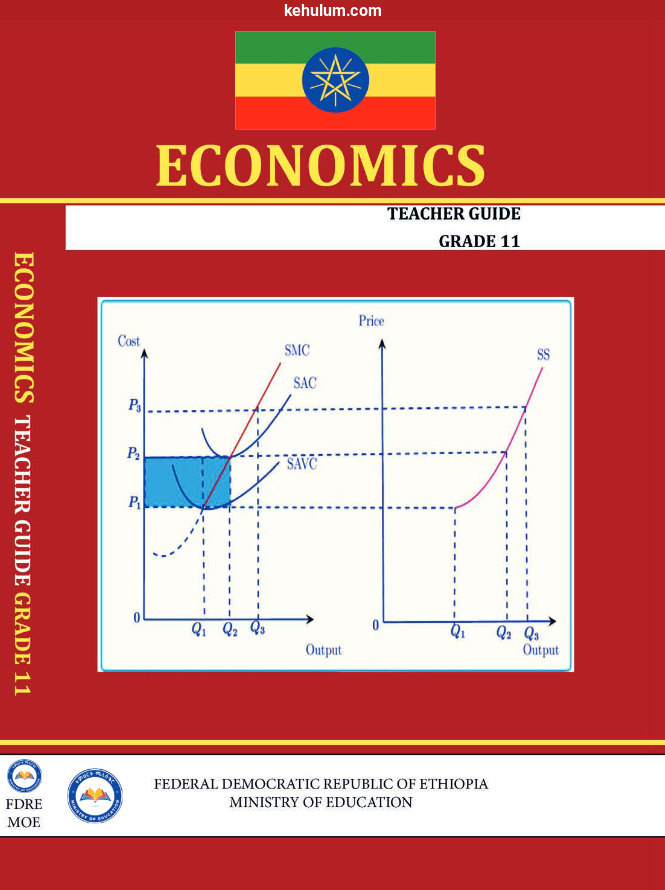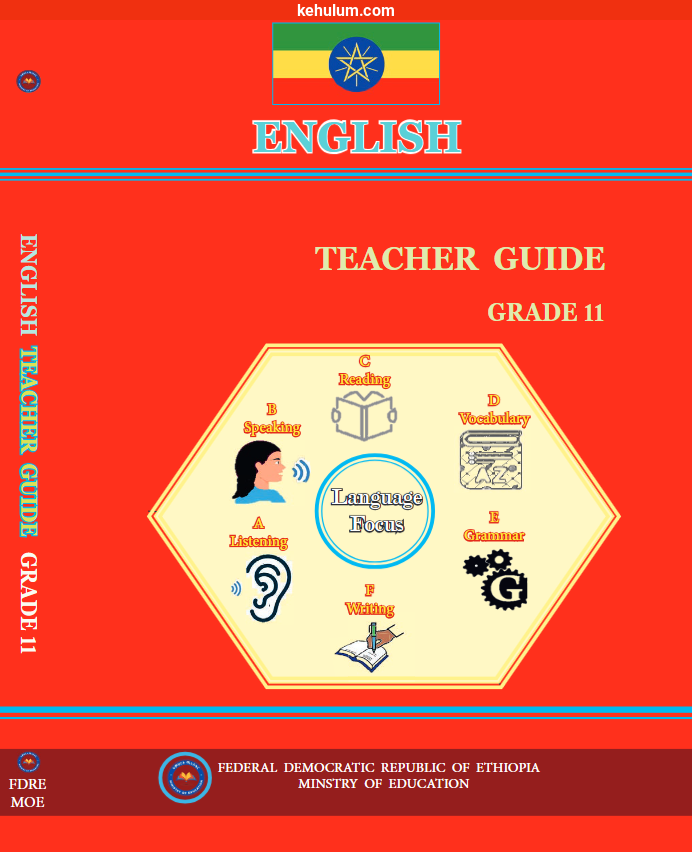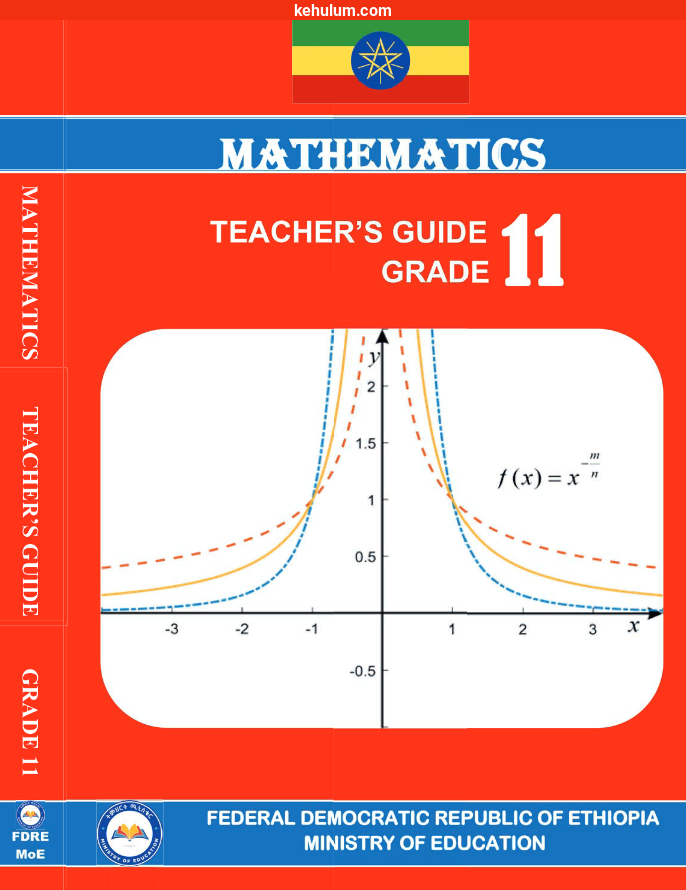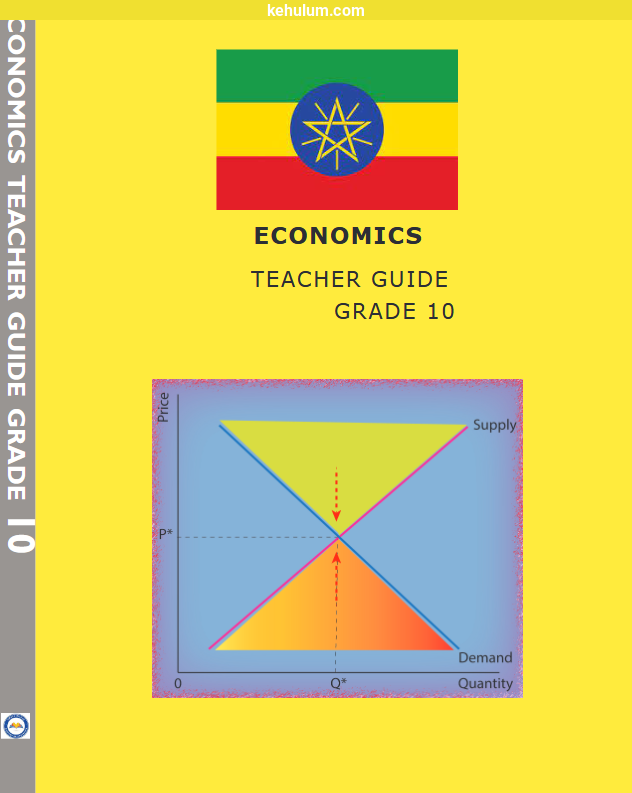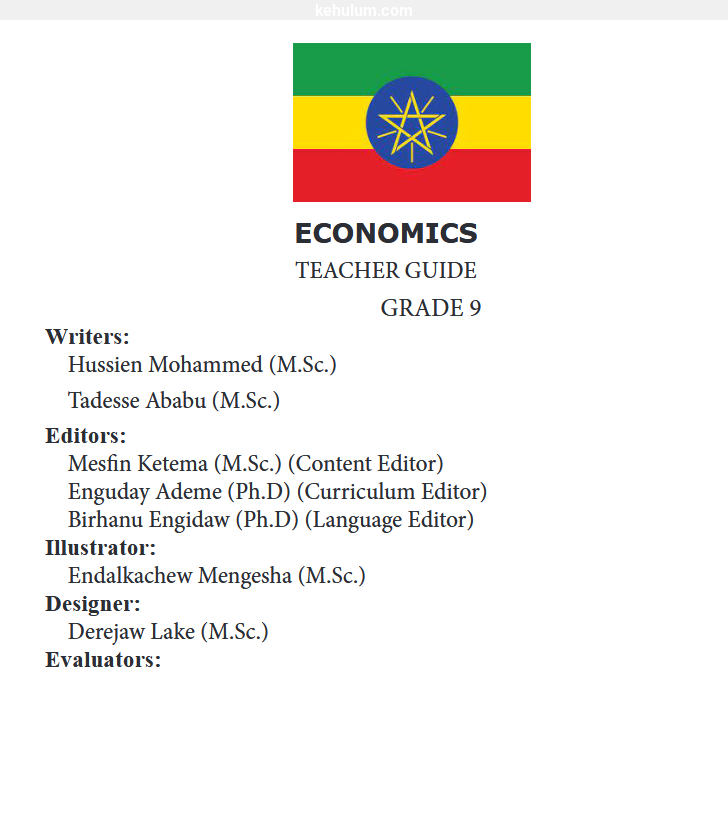Advertisement
Ethiopian Grade 11 Economics Teacher’s Guide Overview
The Grade 11 Economics Teacher’s Guide for the Ethiopian New Curriculum aims to enhance understanding and practical application in economics classrooms. This teacher's guide published by the Ethiopian Ministry of Education in 2023, it features structured lessons and relevant Ethiopian economic contexts, promoting active student engagement with real-world issues. This guide includes 7 units across 189 pages and is available in a compact 2.9 MB file. It is designed as valuable resource for teachers.
Writer / Authors
This Teacher’s Guide written by:
- Dr. Guta Legesse Tessema
- Dereje Fekadu Deressa
Chapters
The Ethiopian New Curriculum Grade 11 Economics Teacher’s Guide consists of 7 units. Each chapter equips teachers to explain abstract economic concepts through relatable Ethiopian contexts, classroom questioning techniques, visual aids that emphasize student understanding and real-world application.
Unit 1: Theory of Consumer Behavior and Demand
This unit helps teachers guide students through key microeconomic foundations such as cardinal and ordinal utility, consumer preferences, budget constraints, and optimal consumer choice. The lessons use utility tables, indifference curves, and budget lines to visualize consumer behavior.
Unit 2: Market Structure and the Decision of Firms
Teachers support students in differentiating between market structures—perfect competition, monopoly, monopolistic competition, and oligopoly—using diagrams and Ethiopian market case studies. The unit emphasizes how firms operate under different pricing and output conditions.
Unit 3: National Income Accounting
This chapter enables instructors to introduce GDP, GNP, and other income metrics, exploring how national income is measured and the challenges of accuracy. Practical examples and simplified data tables help students understand macroeconomic indicators and inflation indices.
Unit 4: Consumption, Saving, and Investment
Teachers present the relationships between personal and national consumption, saving behavior, and capital formation. Real-life scenarios and national financial behavior examples are used to make abstract ideas more tangible.
Unit 5: Trade and Finance
This unit walks educators through domestic and international trade theories, exchange rates, payment balances, and Ethiopia’s role in globalization. The guide includes charts and simulations to make trade flows and policy impacts clearer.
Unit 6: Economic Development
Here, instructors introduce development concepts beyond GDP, including HDI, productivity, the capability approach, and sustainability. Teachers are encouraged to discuss Ethiopia’s development plans and how they relate to UN development goals.
Unit 7: Main Sectors and Sectoral Policies and Strategies of Ethiopia
This final chapter focuses on Ethiopia’s agriculture, industry, and services sectors. Teachers help students analyze government strategies, sector-specific policies, and structural transformation goals using national reports and case studies.
Advertisement
Frequently Asked Questions
How many units are covered in the Ethiopian Grade 11 Economics new curriculum teacher's guide?
The Teacher's Guide supports a total of 7 instructional units based on the new Ethiopian curriculum.
How many pages are in the Ethiopian Grade 11 Economics new curriculum teacher's guide?
The Teacher's Guide contains 189 pages filled with detailed instructional strategies.
What is the file size of Ethiopian Grade 11 Economics new curriculum teacher's guide?
The Teacher's Guide PDF file size is 2.9 MB, easily accessible on all devices.
How do I download the Ethiopian Grade 11 Economics new curriculum Teacher's guide PDF for free?
Simply click the download button on the page
Is the Grade 11 Economics teacher's guide available for both old and new curriculum?
Yes, kehulum.com provides teacher guides for both Old and New Ethiopian curriculum.
Related new curriculum economics Teacher's Guide
Advertisement

